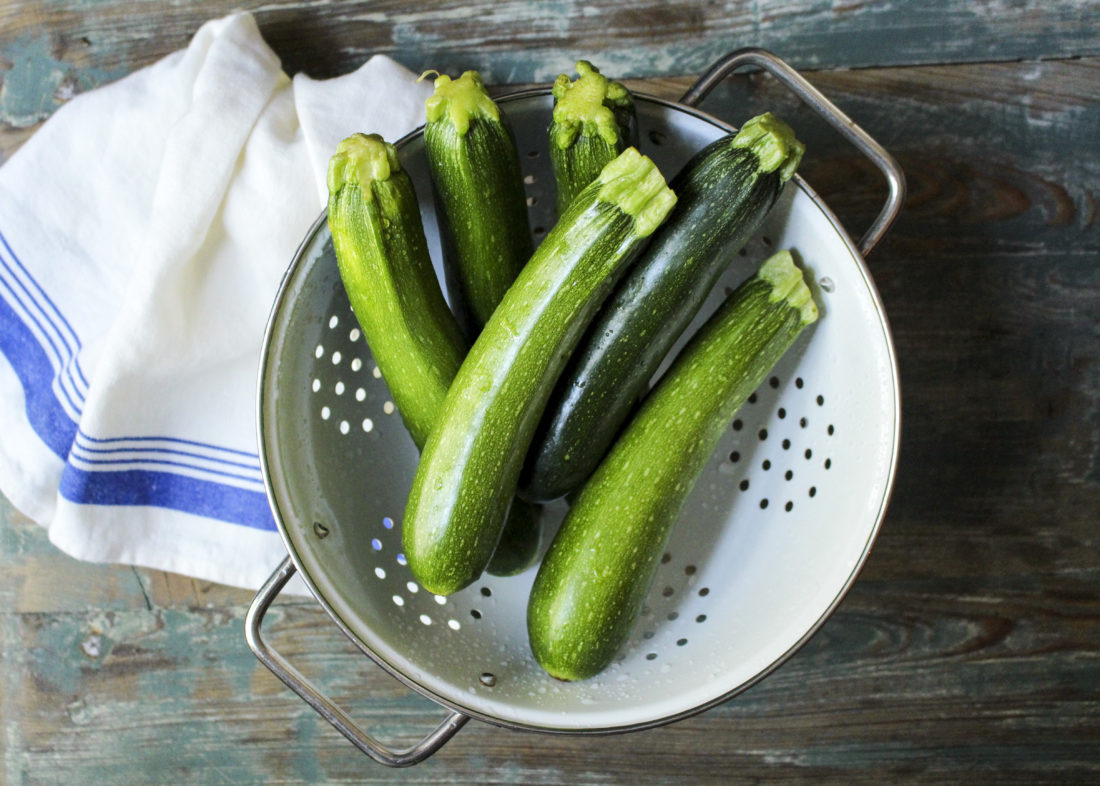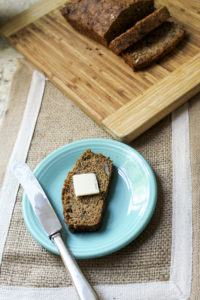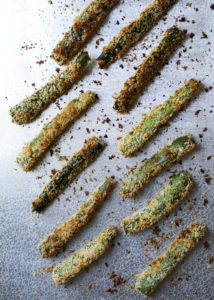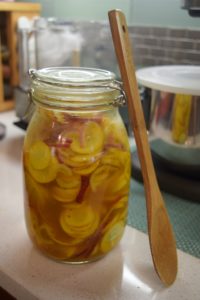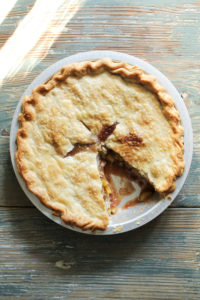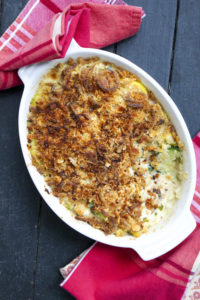Go searching for zucchini in Southern cookbooks well into the twentieth century and you’ll probably come up empty-handed. You might see “Italian green squash” here or there, but you won’t find much that anyone did with it. Books written before the 1950s usually don’t have zucchini bread, zucchini pickles, or even zucchini fritters.
That’s because zucchini is a garden latecomer that followed quite a journey here. Squashes are all native to the Americas, of course, a major part of the native-Americans diet. Columbus and the explorers who followed him took squash seeds back to Europe, but they mistook them for melons.
Several hundred years passed before Italian gardeners came up with a squash that was long and green, with tender orange blossoms suitable for stuffing. The Italian word for squash was zucca, so this new version was zucchini, for little squashes. As zucchini spread—and if you’ve grown it, you know it’s going to spread—it changed names: courgette in France, marrow in England.
Americans had to wait for zucchini to make the trip back. It returned with Italian immigrants, mostly in California. While some accounts place American zucchini here in the 1920s, it was apparently a little earlier: Botanist David Fairchild mentions seeing it in Santa Barbara in 1896, grown by Dr. Francesco Franceshi. As late at the 1940s, women’s magazines were still calling zucchini “Italian green squash” and treating it as a novelty.
But once zucchini reached the South, it found its ideal home: Hot, damp summers and lots of backyard gardens. The squash is so prolific, it seems almost desperate to reproduce itself. Southern cooks were soon finding long lists of ways to keep up with the stuff. With zucchini season in full swing, we’re giving you a whole week of ways to use the one of the South’s favorite—and most prolific—vegetables.


